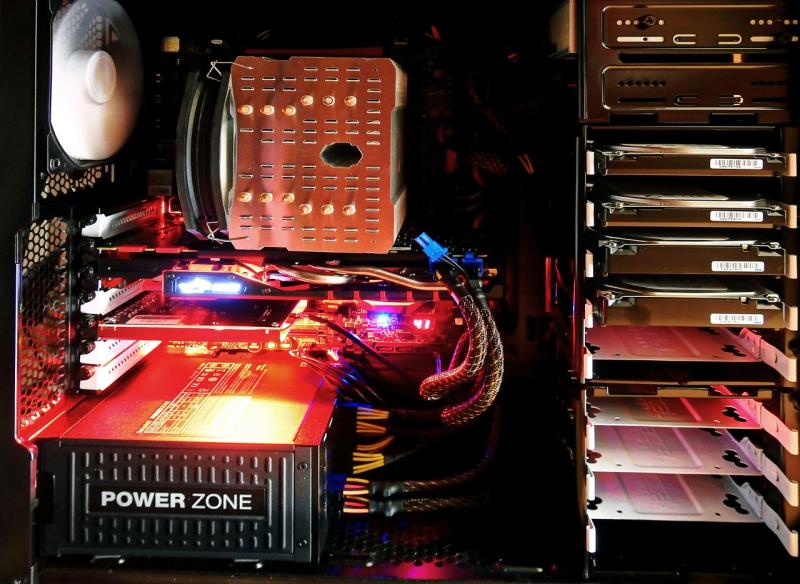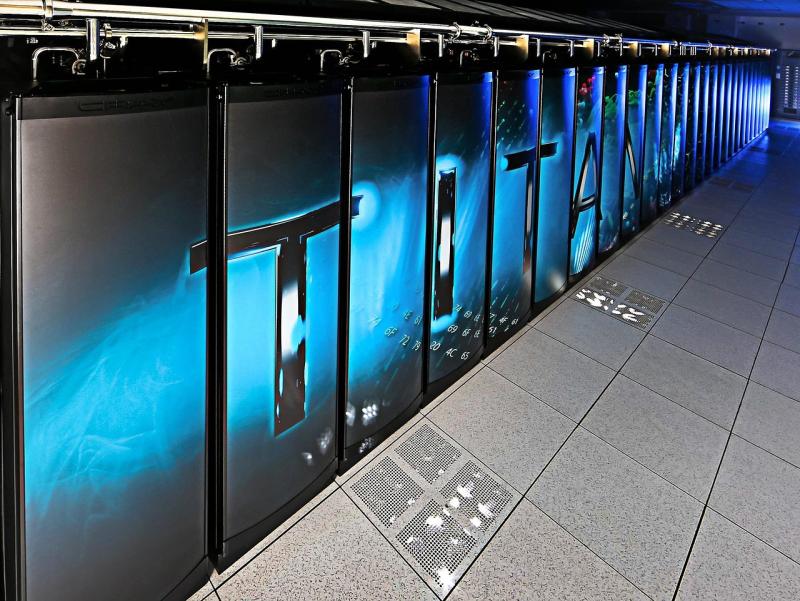Unlocking New Dimensions of Immersion
Virtual reality (VR) has rapidly emerged as a transformative medium, redefining how users interact with digital worlds. To truly harness the potential of VR—whether for immersive gaming, simulation training, or creative experimentation—a custom PC designed specifically for virtual reality is essential. Such systems must not only deliver exceptional processing power and graphics fidelity but also minimize latency and maintain seamless synchronization with VR peripherals for an unparalleled immersive experience.
At the heart of a VR-centric custom build lies a high-performance processor paired with a cutting-edge graphics card. Multi-core CPUs with high clock speeds ensure that complex calculations are executed swiftly, processing vast streams of sensor data and interactive commands in real time. Similarly, advanced GPUs are pivotal in rendering realistic, high-resolution visuals at rapid refresh rates. This combination minimizes motion blur and screen tearing, which are critical factors in preventing motion sickness and ensuring a smooth visual experience in VR applications.
Efficient cooling mechanisms and reliable power delivery are paramount in sustaining consistent performance during VR sessions. Given the continuous load imposed by intensive rendering and real-time computations, robust cooling—whether via high-quality air cooling or custom liquid cooling loops—prevents thermal throttling and protects component longevity. Meanwhile, a modular power supply with ample wattage guarantees stable energy delivery, ensuring that sudden performance spikes do not jeopardize the system’s stability during prolonged interactive experiences.
Connectivity and peripheral integration further elevate the VR experience. Modern VR setups demand multiple high-speed data connections to interfaces such as USB-C, HDMI, and DisplayPort, which link head-mounted displays, motion sensors, and haptic devices. Custom PC builds optimized for VR often feature motherboards with extensive connectivity options and support for rapid data transfer standards. This ensures that the network of devices works in harmony, minimizing latency and synchronization errors that can detract from the immersive experience.
Beyond raw performance, aesthetics and ergonomic considerations also play a role in enhancing VR readiness. A well-organized build with efficient cable management not only promotes optimal airflow but also simplifies system upgrades as VR technology advances. Thoughtful design choices—including strategic placement of cooling components and extra expansion slots—create a foundation that is both scalable and visually appealing, reinforcing the significance of a balanced approach in custom builds tailored for VR.
In summary, a custom PC for virtual reality is a sophisticated synthesis of high-end processing, advanced graphics, robust cooling, and meticulous peripheral integration. By focusing on optimized hardware configurations, seamless connectivity, and sustainable system design, builders can create a VR-ready machine that unlocks new dimensions of interactivity and immersion. Such systems empower users to explore deeply immersive digital realms where performance and precision converge to redefine the future of interactive computing.
---
### SEO Keywords:
custom VR PC, virtual reality build, VR gaming PC, immersive computing, high-performance CPU, advanced GPU, low latency VR, high refresh rate display, robust cooling, modular power supply, VR peripherals, custom PC for VR, immersive experience, scalable VR build
View our related products
See more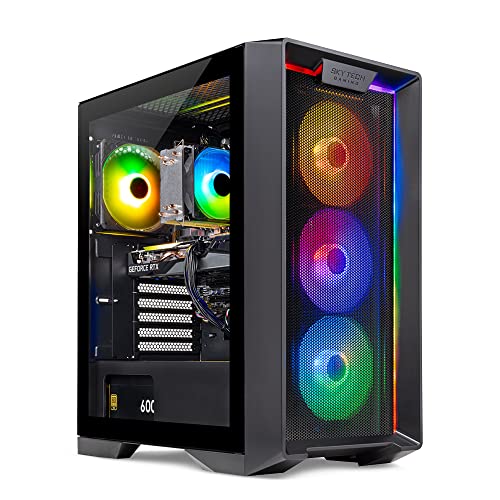
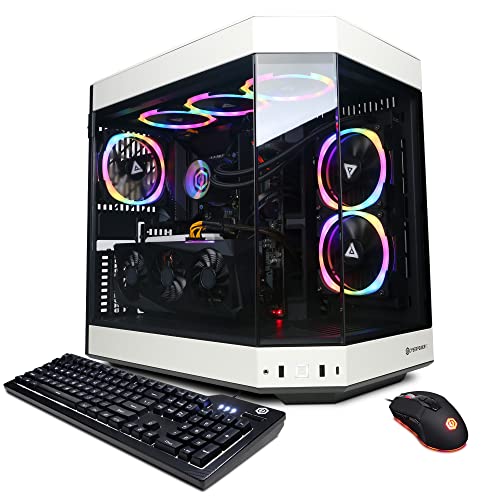
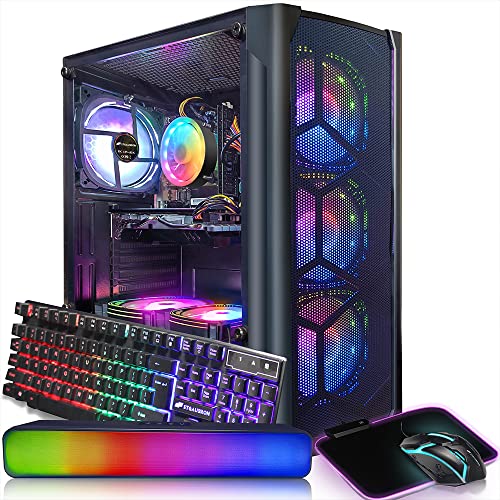
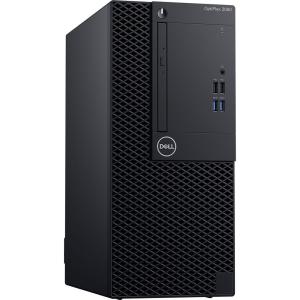
Custom PC for Virtual Reality
Related Articles
Essential High-Performance PC Components You Need Now
Upgrade your setup with the must-have parts for unbeatable gaming and productivity
Top Picks for Best High-Performance PCs
Find the perfect power machine for gaming, work, or creative projects
Your Guide to the Best High-Performance PCs
Find the Right PC for Your Gaming and Creative Needs
View our related products
See more



